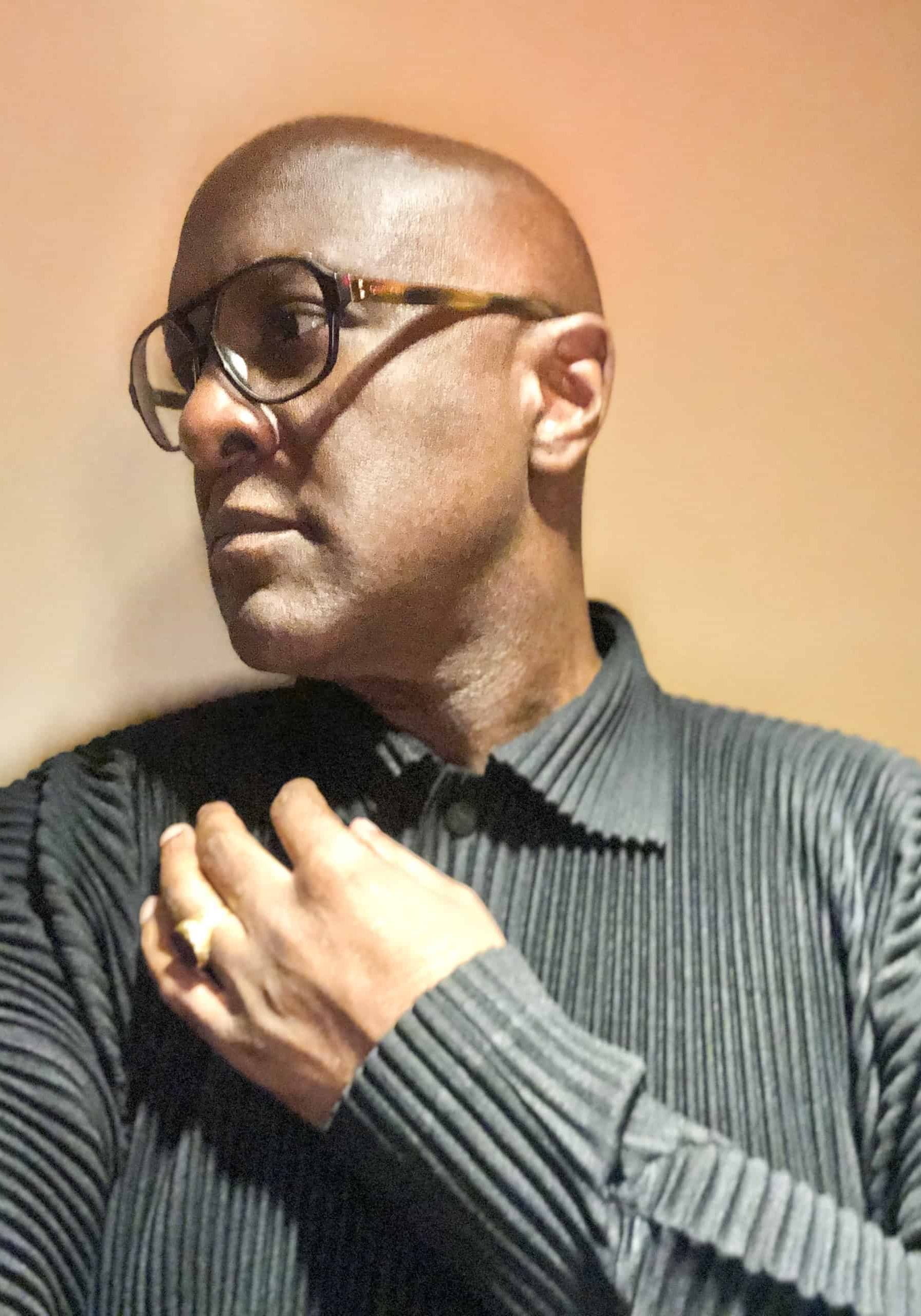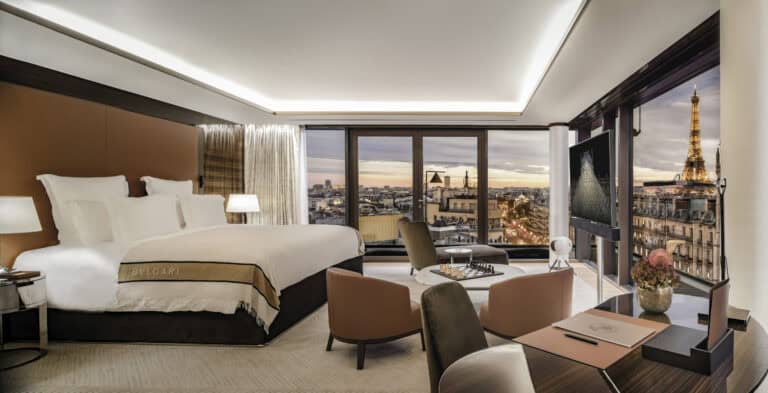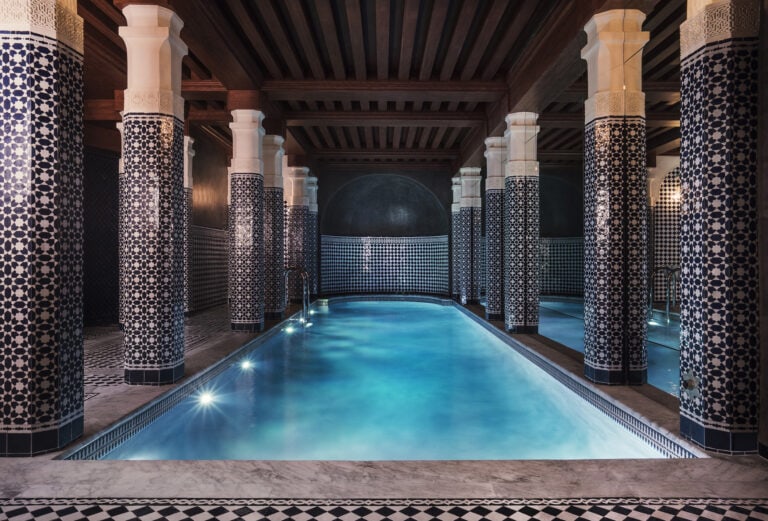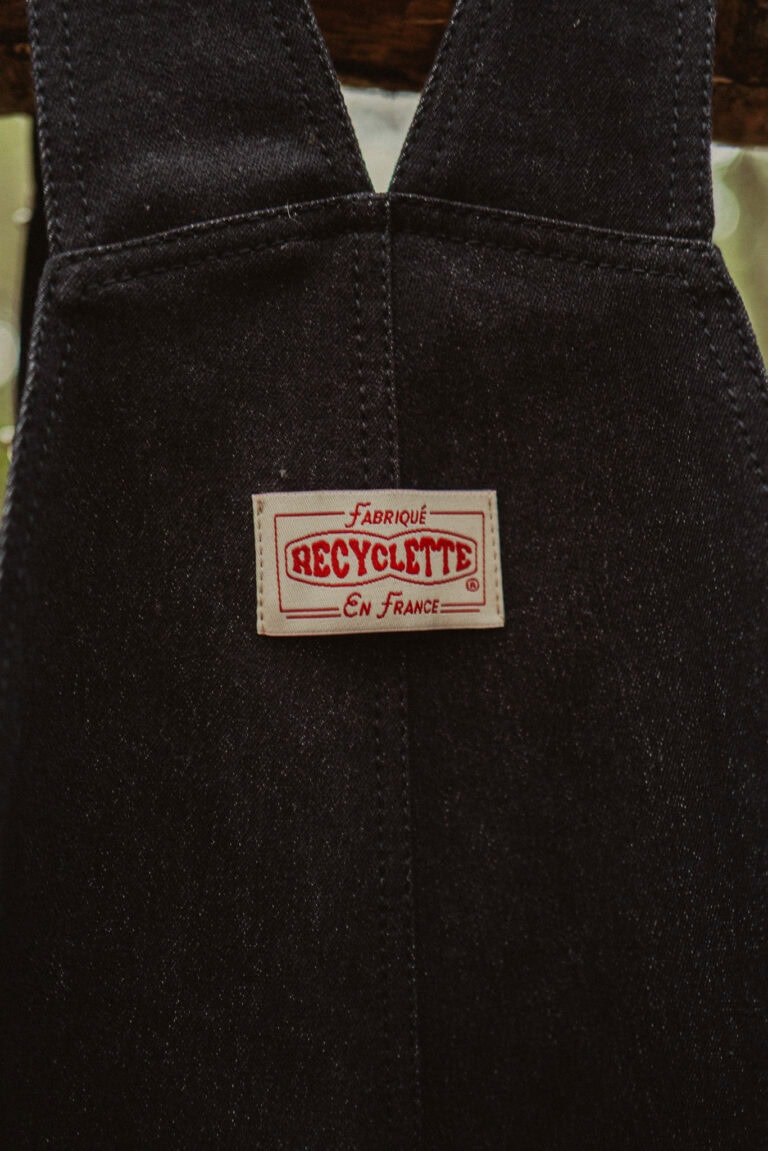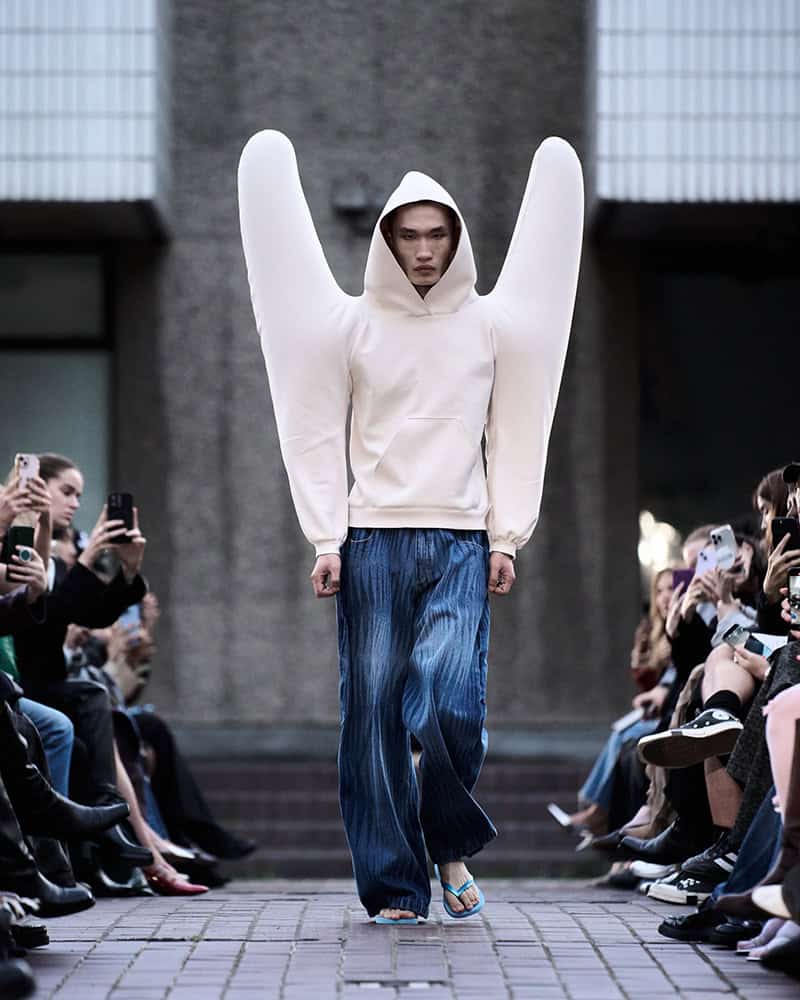
HARRI – Museum Wear
Patrick Michael Hughes
HARRI Spring/Summer 2026 at London Fashion Week
HARRI presented his Spring/Summer 2026 collection at London Fashion Week last week. The brand, founded by Indian designer Harikrishnan Keezhathil Surendran Pillai, reflects his position as both artist and designer working in London. A graduate of the Menswear MA at the London College of Fashion in 2020. His thesis collection Let’s Put Him in a Vase became an internet sensation. From the outset, his work has approached ‘fashion as a synonym’ for artistic non-conformity. Rooted in audacity, idiosyncrasy and an embrace of diverse interpretations of human form. The label gained early recognition for its sculptural and inflatable silhouettes, pieces that lived most fully as performance. At times his work recalls the creative sculptural fashion statements of Italian futuristic fashion designer Roberto Capucci and Japanese designer Rei Kawakubo’s work during the late 1990’s. HARRI has expand the dialogue with advanced and even sensual materialism.
HARRI’s work is often dissected and shared widely online. They functioned primarily as images works to observe rather than garments to inhabit. The Spring/Summer 2026 collection highlighted dramatic oversized hoodie, inflated vests. As well as a sculptural, well staged moment with Brett and Scott Staniland, model twins and sustainability advocates. However, It was moments like these in the collection that clearly continued the designer’s exploration of his artistic archetype and creative exploration of form. These moments were bold and surreal, yet ultimately more effective as artistic intrigue rather than wardrobe statements.
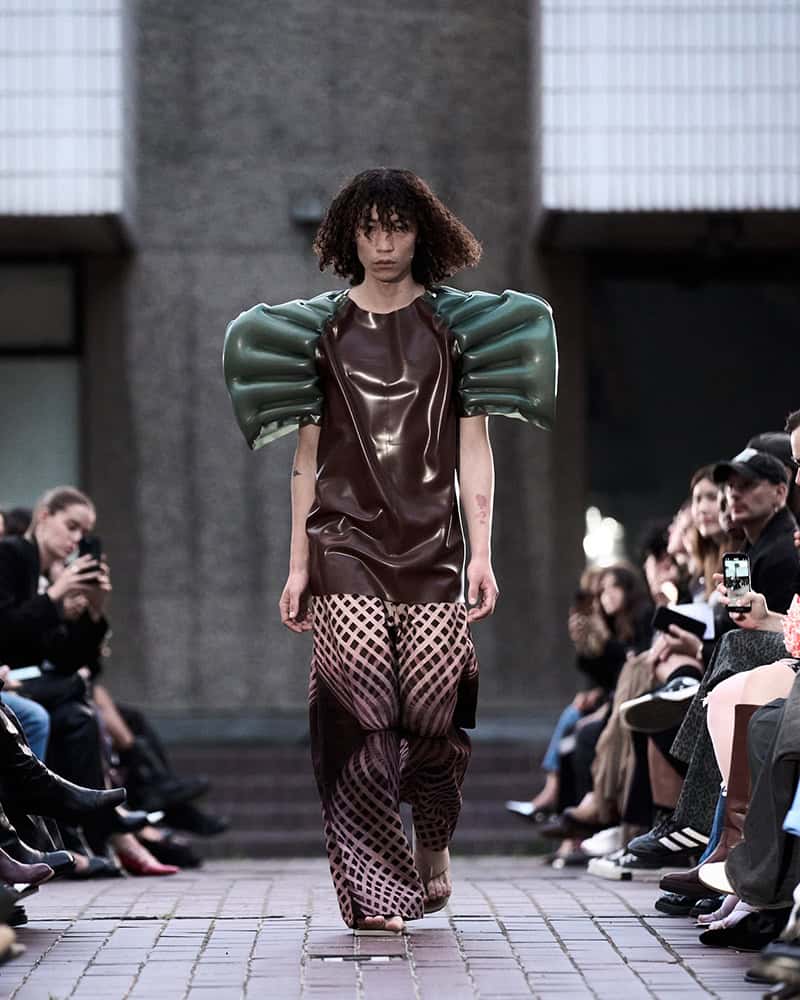
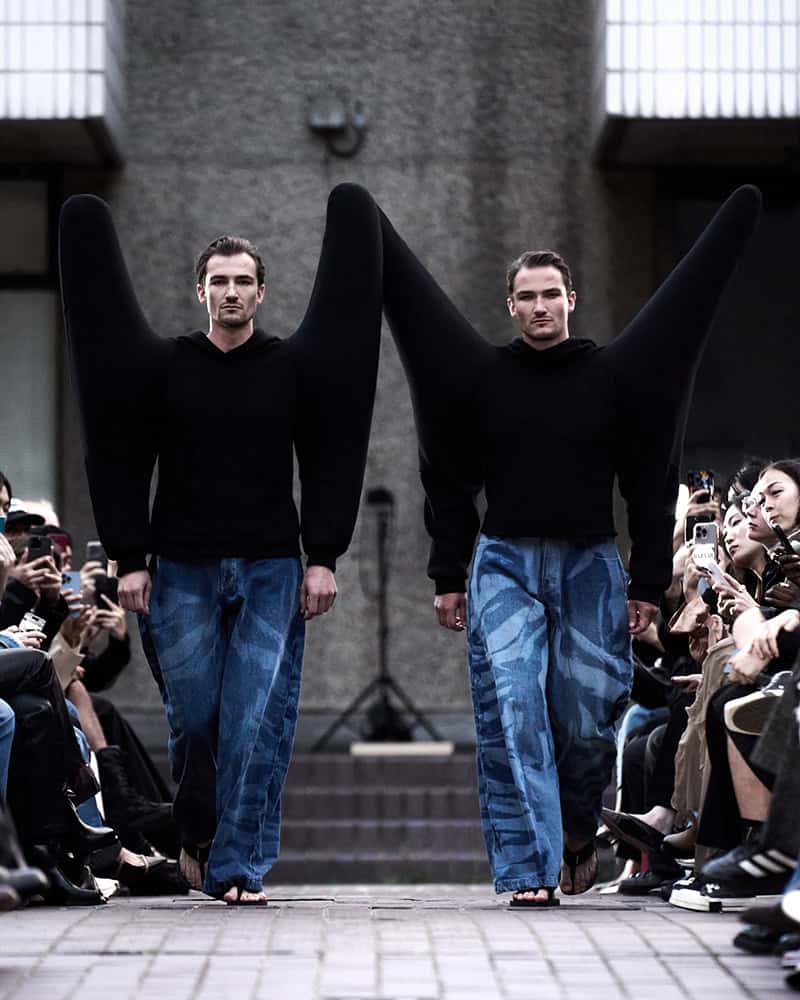
The distance between art experienced and art lived
HARRI’s Museum Wear, was an attempt to bridge the distance between art experienced at and art lived in daily life. The idea targeted a familiar cultural figure: the gallery wanderer, the person who navigates cities with curiosity and contributes to culture in subtle, incremental ways.
The collection’s ready-to-wear elements carried a liberated streetwear aesthetic. They were accessible, market-oriented and clearly positioned to generate revenue, though not as compelling as the sculptural and inflatable pieces that continue to define the brand’s visual identity. Elevation remains a challenge—how to refine the translation of the surreal into garments without losing the impetus of imagination with an inherent nod to cultural sensibilities.
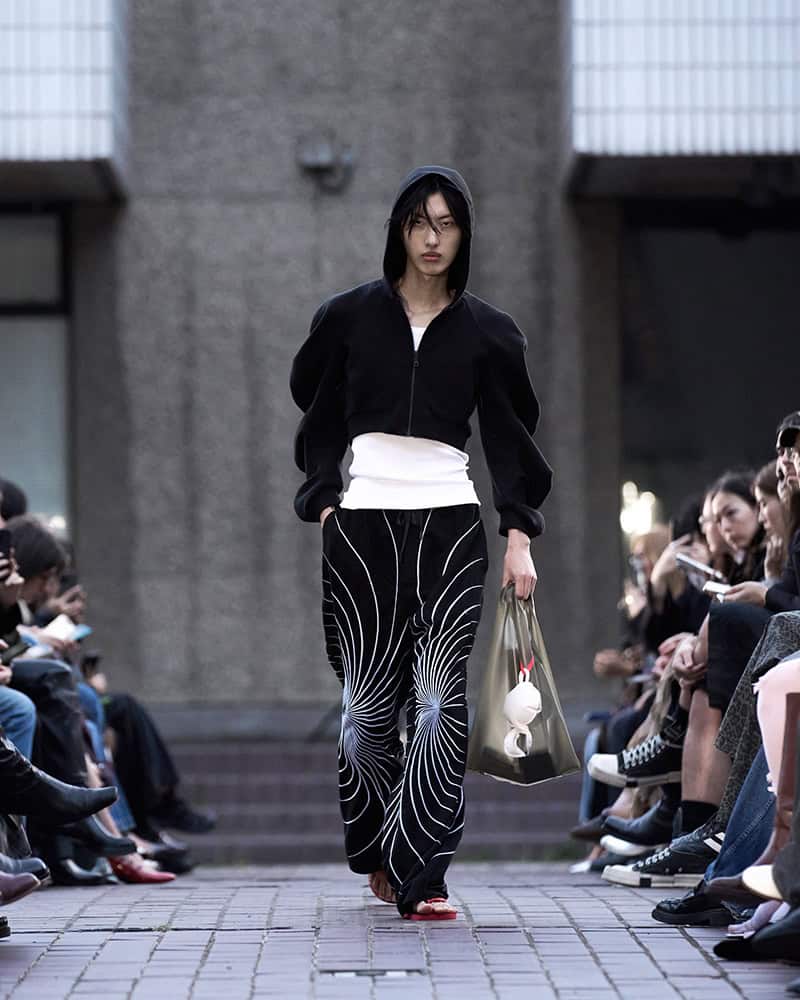
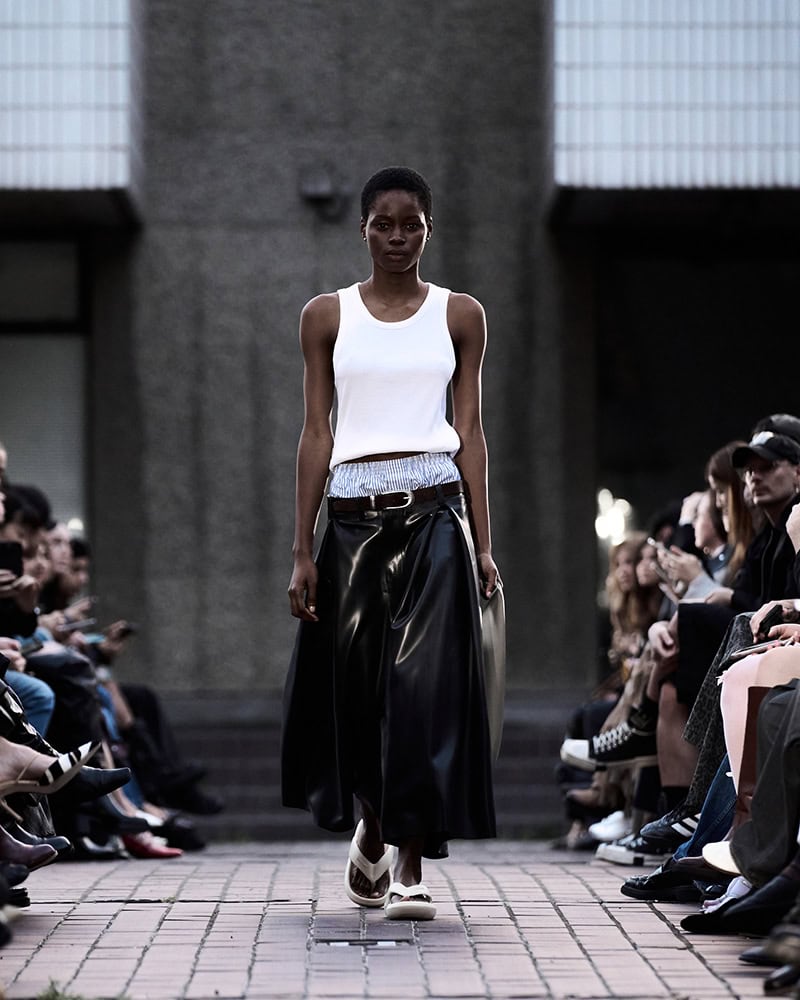
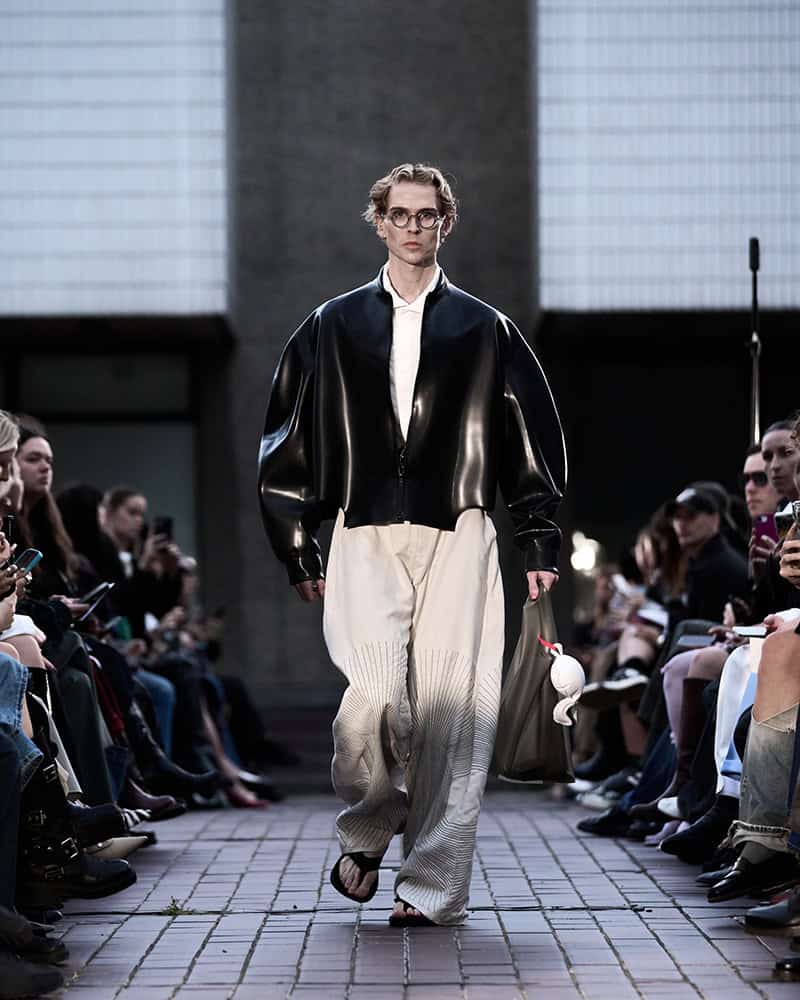
Artistic bridging with history and technology
The designer cites as his major source of inspiration for Spring/Summer 2026 Wolfe Von Lenkiewicz, a British artist living in London. The artist is concerned with identity and complex human dynamics. HARRI is interested in, his ability to bridge traditional oil painting with contemporary technology. His masterfully preserves the soul of the Renaissance with a modern perspective. Curated masterpieces are reinterpreted through AI technologies. Rendered back to life with his oil painting artistry. The women he so meticulously depicts are powerful, regal and at times irreverent. And portrayed with the poise of French Romanticism and the resilience of the modern day woman. Finally the result is a harmonious balance between the digital and the tactile; a masterclass in converging tradition with innovation.”
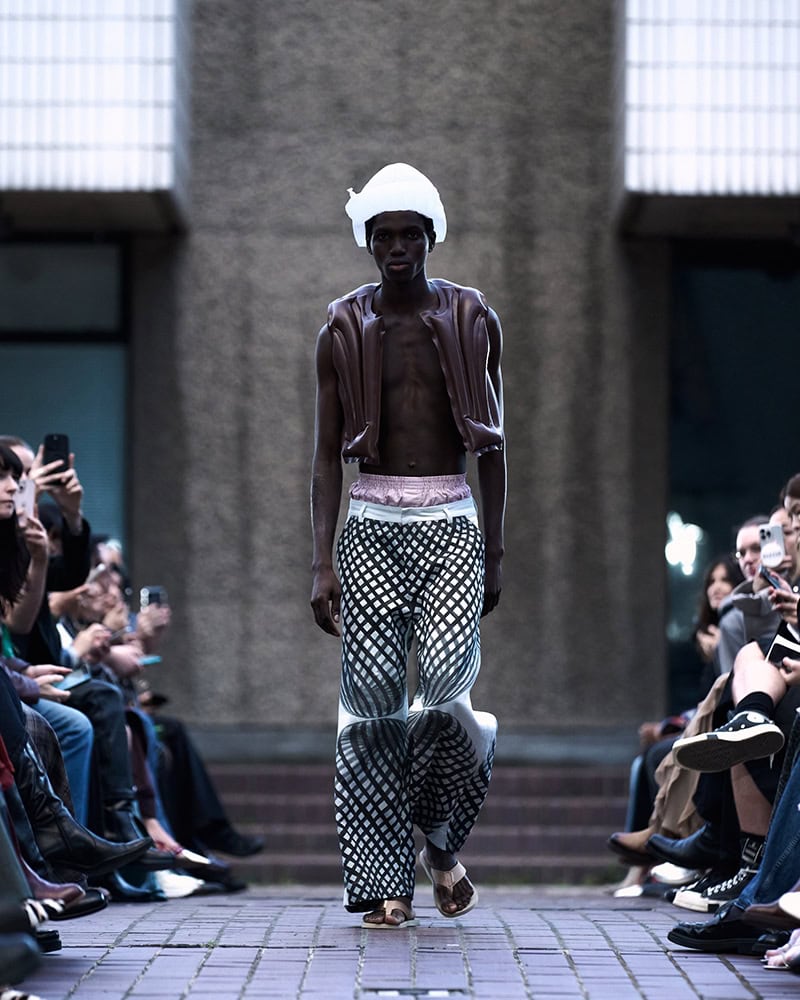
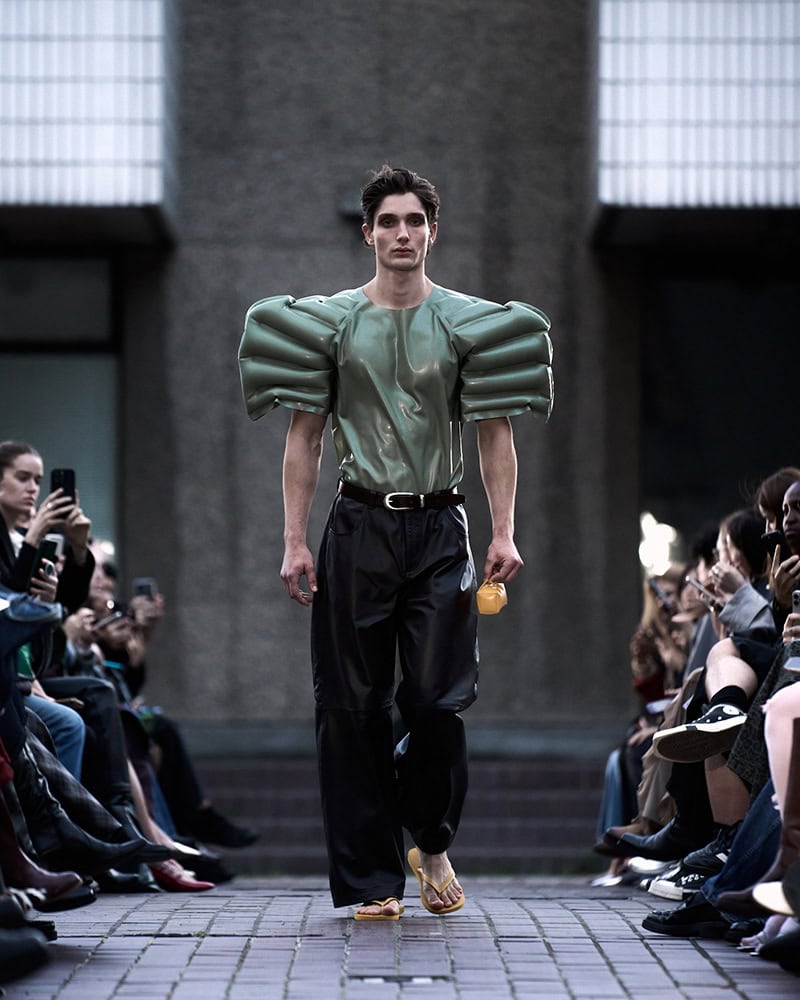
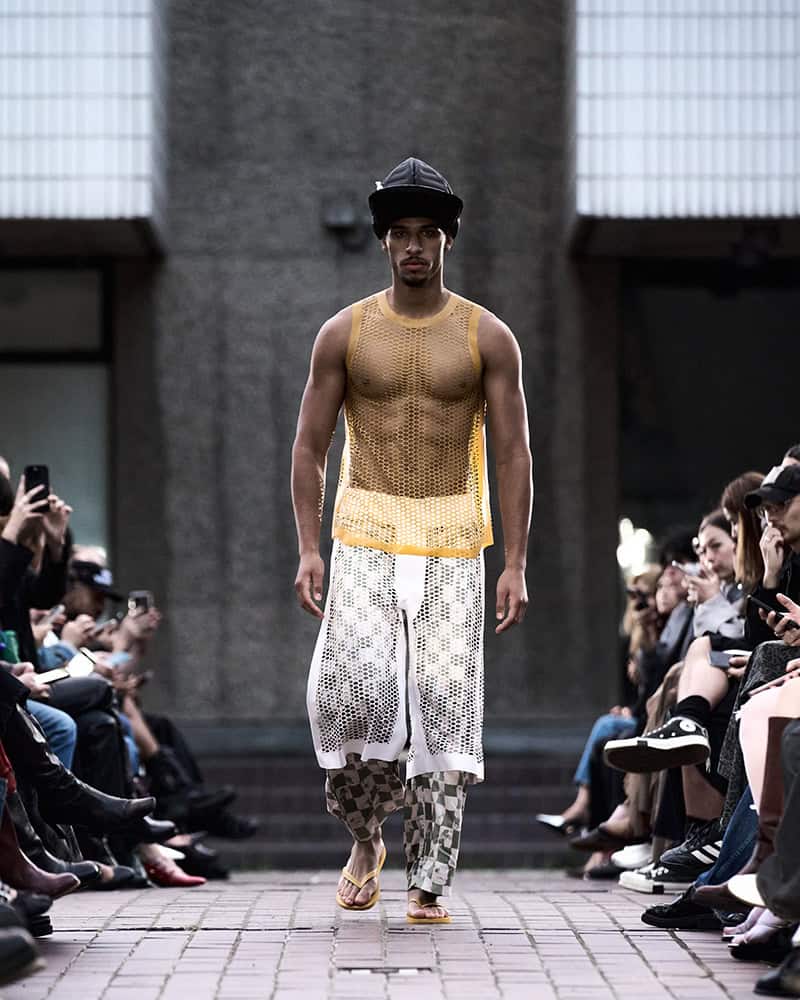
Still, Museum Wear marked an exciting step toward reconciling artistic vision with commercial strategy. It showed an awareness of the need for dialogue between performance and product, between the runway image and lived experience. HARRI has not yet resolved this tension, but the ambition signals a designer with the capacity to grow into a more nuanced space where art and fashion coexist with equal force.
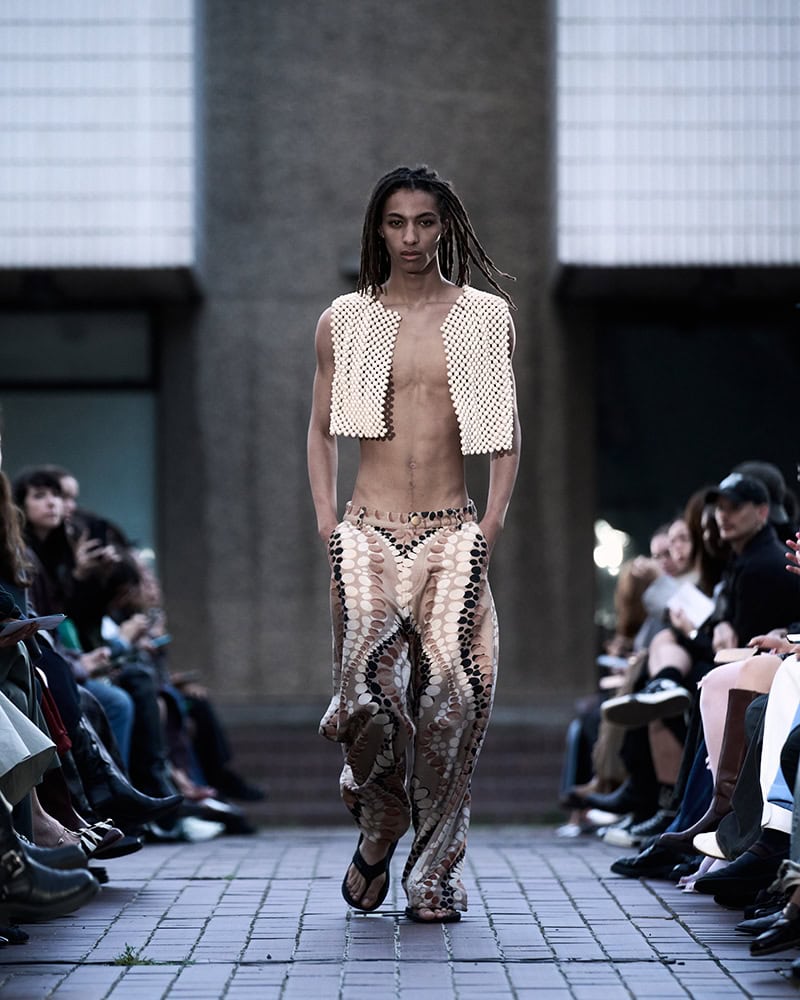
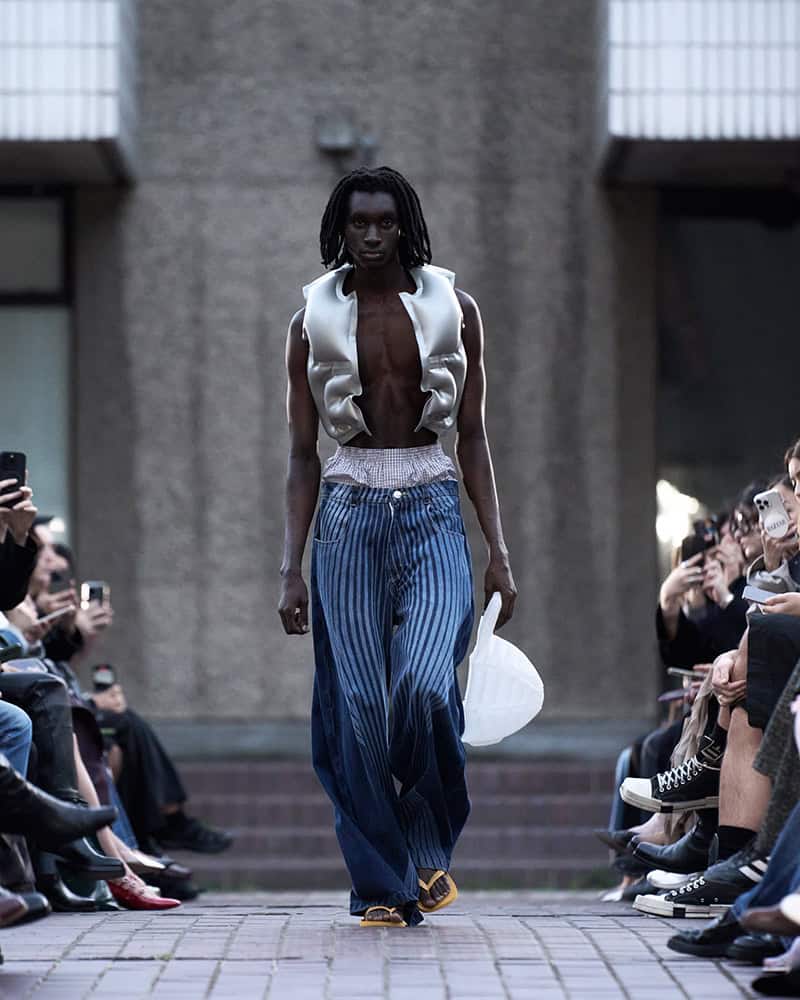
Runway Photography by Alexis White
HARRI website
Share this post
Patrick Michael Hughes is a fashion and decorative arts historian. He writes about fashion culture past and present making connections to New York, London and Copenhagen's fashion weeks with an eye toward men's fashion. He joined IRK Magazine as a fashion men's editor during winter of 2017.
He is often cited as a historical source for numerous pieces appearing in the Wall Street Journal, The New York Times, CNN, LVMH, Conde Nast, Highsnobiety and others. His fashion career includes years as a fashion reporter/producer of branded content for the New York local news in the hyper digital sector. Patrick's love of travel and terrain enabled him to becoming an experienced cross-country equestrian intensively riding in a number of locations in South America Scandinavia,The United Kingdom and Germany. However, he is not currently riding, but rather speaking internationally to designers, product development teams, marketing teams and ascending designers in the US, Europe and China.
Following his BA in the History of Art from Manhattanville College in Purchase, New York he later completed graduate studios in exhibition design in New York. it was with the nudge and a conversation in regard to a design assignment interviewing Richard Martin curator of the Costume Institute at the Metropolitan Museum of Art he was encouraged to consider shifting his focus to the decorative arts with a concentration in fashion history and curation.
Patrick completed graduate studies 17th and 18th century French Royal interiors and decoration and 18th century French fashion culture at Musée Les Arts Decoratifs-Musée de Louvre in Paris. Upon his return to New York along with other classes and independent studies in American fashion he earned his MA in the History of Decorative Arts and Design from the Parsons/Cooper Hewitt Design Museum program in New York. His final specialist focus was in 19th century English fashion and interiors with distinction in 20th century American fashion history and design.
Currently, he is an Associate Teaching Professor at Parsons School of Design leading fashion history lecture-studios within the School of Art and Design History and Theory,
Read Next

